Non-economic damages, also known as general damages, are related to quality-of-life issues such as anxiety and depression. Unlike economic damages that can be quantified by tangible costs such as medical bills and lost pay, non-economic damages can be more difficult to calculate.
Common Types of Non-economic Damages in a Personal Injury Claim or Lawsuit
Non-economic damages in a personal injury claim vary from case to case, and person to person. Some examples of these kinds of damages include:
- Pain and suffering
- Mental anguish
- Loss of companionship, consortium, or protection
- Losses related to victim’s reputation or abilities prior to the injury
- Reduced or lost enjoyment of life
Why Non-economic Damages Are Important
Compensation for non-economic damages can be a large part of an injury settlement . If you suffered pain and suffering and mental anguish after an accident, you can — and should – be compensated. Personal injury law recognizes that both economic and non-economic damages should be addressed.
Demonstrating Non-economic Damages
Due to their subjective nature, it can be difficult for an insurance adjuster or a jury to decide on compensation for non-economic damages. There are few ways in which a personal injury lawyer can prove non-economic damages:
- Testimony of family members or close friends
- Testimony of a psychologist or other licensed mental health professional
- Personal account, such as a diary or a journal, from the victim
Methods of Determining Non-economic Damages
Proving special damages (also known as economic damages) in a personal injury claim or lawsuit is straightforward. Typically, the injured person has medical bills, prescription drug receipts, proof of lost pay, and other tangible proof.
Evaluating the compensation for pain and suffering and other non-economic damages is more challenging.
The Multiplier Method
Sometimes, an insurance adjuster or court will use what is called the multiplier method. This calculates non-economic damages by multiplying the total of special damages on a number scale. For example, a court might use a scale of one to five, with five being the most severe injuries. This number is then multiplied by the sum of special damages.
The Per Diem Method
In some cases, the per diem method is used (meaning “for each day”). Non-economic damages are given a value for each day that the plaintiff suffered because of the accident. Sometimes, an adjuster or court uses a combination of both methods.
Get Help from a Personal Injury Lawyer Today
There is a time limit for seeking compensatory damages. In Texas, a plaintiff has two years from the date of the accident.
If you were injured by someone’s negligence, please call D. Miller & Associates, PLLC. Call 713-850-8600 for a free case evaluation. We can help you recover compensation from any type of accident or injury including car accidents, pedestrian accidents, truck accidents, bicycle accidents, medical malpractice, and more.

